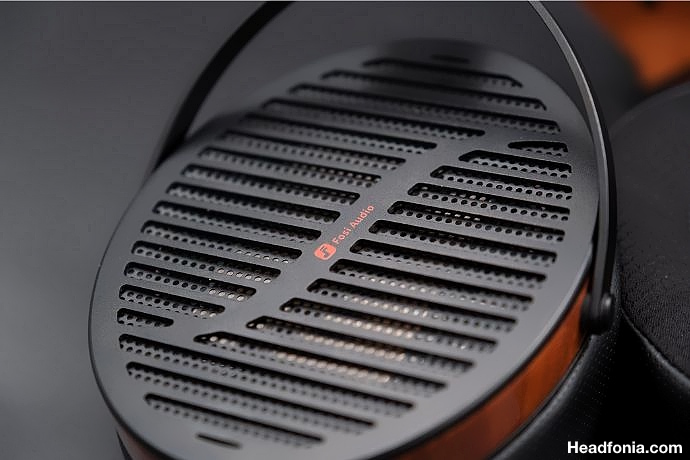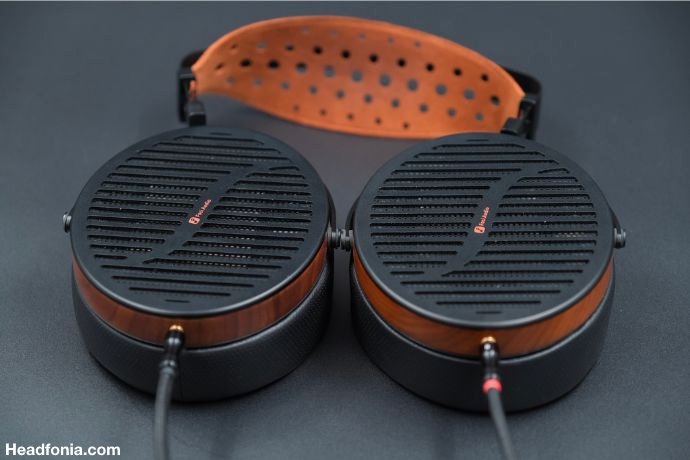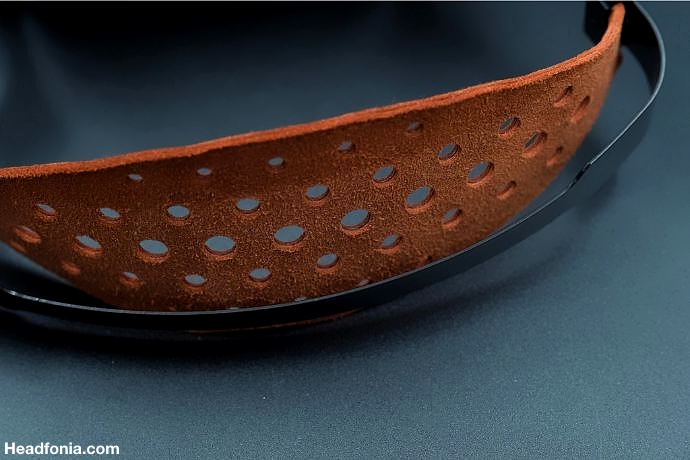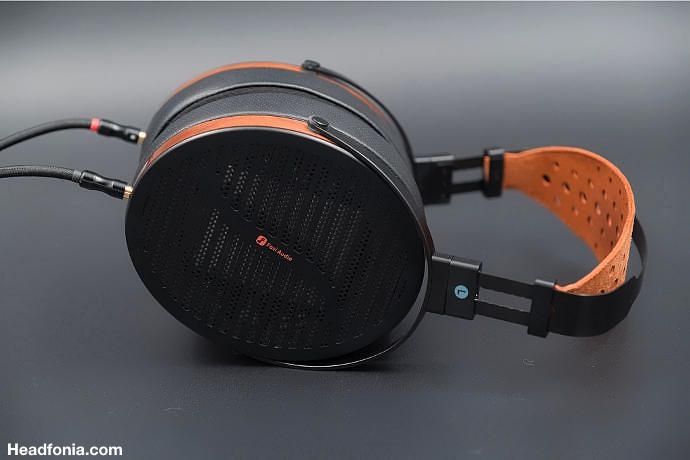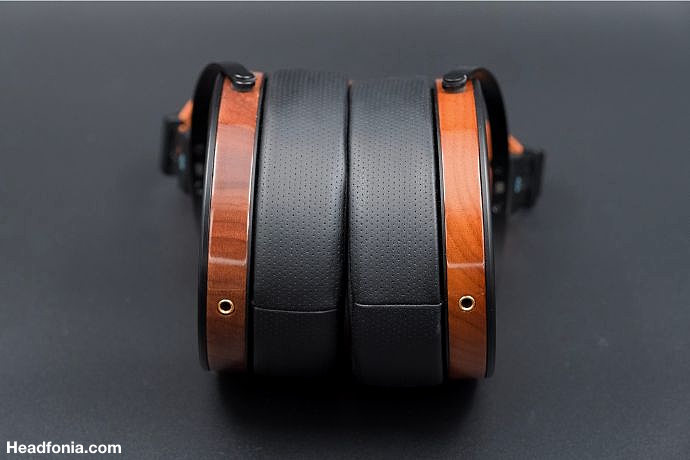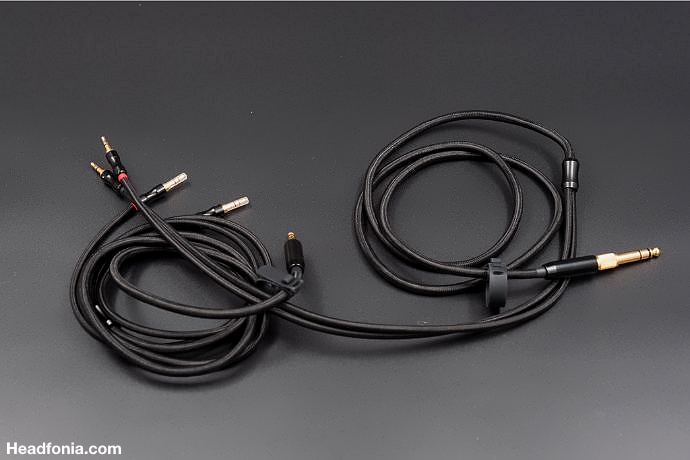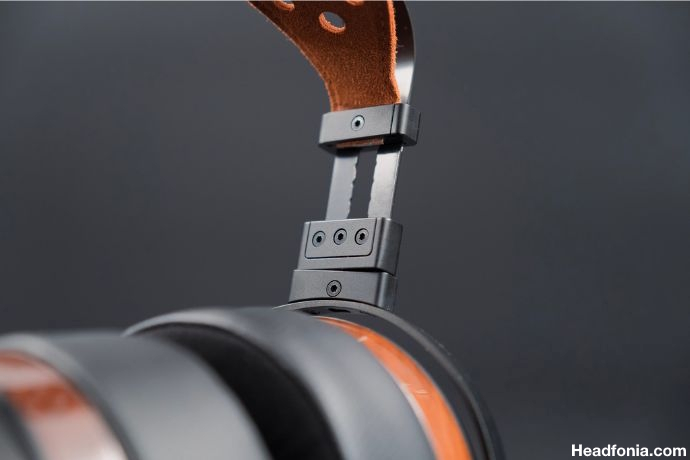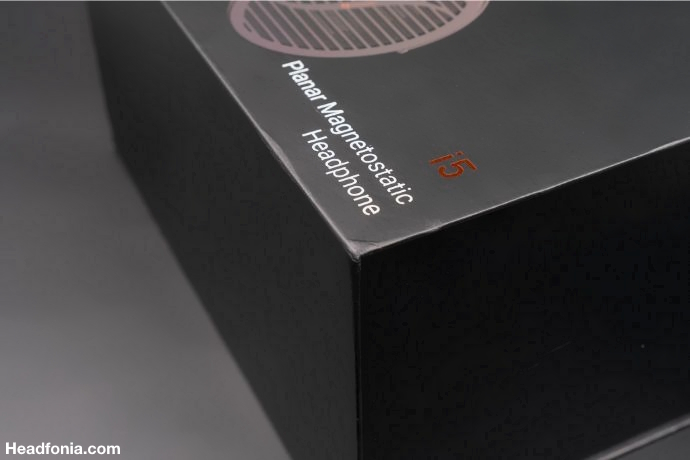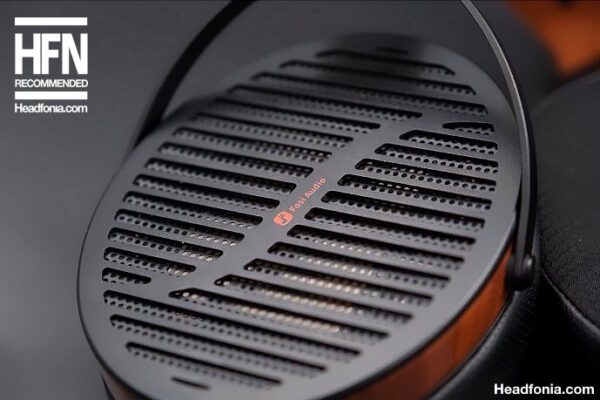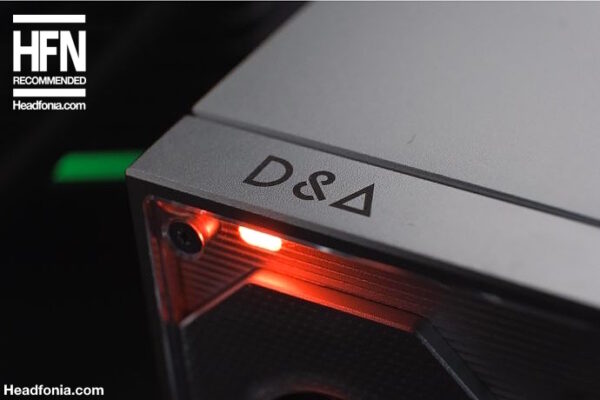If Google is showing you this page directly, click here to go to the start of the article.
Sound Signature and Technicalities
My main testing system for the Fosi i5 was the Topping x Holo Centuarus driving the DROP + SMSL HO150X, Feliks Euforia EVO, and Aune S17 Pro EVO.
As always, let’s start off with some practical stuff. At 28-ohms, the Fosi i5 is a pretty benign load, and most of my amps were able to handle it fine. Running it from an OTL is a bit asking for trouble, but the efficiency is high enough that the Feliks Euforia EVO was fine. A weaker OTL like the DROP + xDuoo TA-84 wasn’t as happy.
In any case, both of the OTL amps likely weren’t too happy with the low impedance load and didn’t sound at their best.
Portables like the Qudelix 5K and FiiO Snowsky Retro Nano did fine volume-wise, but there was a loss of overall fidelity, and the Fosi i5 likes to gobble that battery. Overall, the i5 is capable enough technically to clearly indicate differences in upstream gear, so bringing you A-game will be rewarded with audible improvements.
Overall Tonality
After a few listening sessions, I feel like the Fosi i5 is tuned quite safely and close to the Harman over-ear curve. Not much jumps out tonally, and it seems like these headphones can be used for professional monitoring with good success after some ear training.
The general sound signature veers into analytical without sounding too cold or clinical. Like many good planars, the Fosi i5 offers a very clear window into the recording. For the longest time, a similar sensation could only be pulled off by electrostatic headphones with their extremely open acoustic design, but lately, planar magnetics have started catching up.
Bass
The Fosi i5’s analytical tuning is dictated by the bass. The diaphragm size suggests that this headphone should have no problems playing infrasound, but there’s a roll-off under 70Hz or so. With that said, the Fosi i5 plays most of the lower registers and it doesn’t feel like it’s breaking a sweat doing so. Whether high or low, the bass is very fast, clean, and extremely resolving. The only thing missing is some impact.
In other words, this is unabashedly planar bass. Yes, some might prefer more midbass “thwack” that’s found in dynamic drivers, but it’s very rare to get that and the insightfulness that a planar offers. Professionals should also take into account that planars like the i5 will have an “unnaturally” clean bass that’s different from dynamic headphones and most speakers.
Midrange
Like the bass, the midrange is also generally extremely clean and linear. With that said, I can detect a tinge of upper mid recession that makes vocals sound a tad distant and laid back. It’s not a lot, and in most cases, it makes listening louder more enjoyable. That is not to say that you need to really crank the Fosi i5 to enjoy it.
On the contrary, there’s plenty of technical muscle behind those earpads to wow listeners even at background loudness levels.
The well-ventilated backside of the Fosi i5 earcups likely contributes to the extreme openness of the midrange. Even when compared to other open-back headphones, the i5 feels like I’m getting that midrange magic even more pure and undiluted by early reflections from the earcup parts.
Treble
Traditionally, higher frequency reproduction is where orthodynamics have trailed behind other technologies. There are two factors that can contribute to it. First, the large and thin diaphragm quickly loses uniform pistonic motion as frequency goes up and moves more like the surface of a pool with distinct standing waves.
Secondly, with double-sided magnetic structures, the driver has to radiate through slits between the magnets. Lower and mid frequencies have long wavelengths that don’t care too much about small obstacles, but the treble can be impacted.
The Fosi i5 somehow manages to dodge both of these factors, and the treble is very clean. There’s no peakiness that puts excessive emphasis on overtones, thus making the sound artificially detailed. Both the speed and detail offered are quite spectacular and contribute greatly to the overall technical prowess of the i5.
Soundstage and Imaging
The Fosi i5 is a technicalities giant, and imaging is no different; the uncannily clear window into the recording reveals great depth and side-to-side projection. As always, the technical performance largely depends on the recording because even the best headphones cannot extract detail where there is none.
If you do queue up a well-micced track, the Fosi i5 will put up a show few headphones at this price range can match.
Comparisons
Sennheiser HD6XX
The legendary HD650, but at half price and with less flashy packaging. It’s one of the best deals in headphone audio, and upgrading from an HD6XX is notoriously hard without sacrificing something other than money. Pair it with a nice OTL tube amp, and you’ll be wondering why you even bother buying something else.
Compared to the tonal reference that is the HD6XX, the Fosi i5 immediately feels more analytical and less warm. It really shows the age of the Sennheiser driver despite its supreme tonal tuning. Subjectively, both headphones seem to have similar low-end response, with the Fosi offering more insight in the lows and frankly, everywhere else as well.
Moondrop Para
With the Para, Moondrop really managed to catch lightning in a bottle. It’s a flawed, yet unusually competent orthodynamic headphone. Sure, the build quality isn’t exactly stellar, and the 8-ohm impedance combined with the low efficiency makes them my favorite amplifier torture test load.
Both headphones manage to achieve that elusive clear “window” into the music that gives the illusion that you’re not hearing the headphones themselves. I have a feeling it happens because both are low-distortion drivers with a well-ventilated backside. Where the Fosi i5 walks over the Para is treble smoothness.
The Para can get a bit abrasive and thus cause ear fatigue. Needless to say, the Fosi i5 is also leagues better in terms of build quality.
HarmonicDyne Baroque
Released roughly around the time when Fosi opened their i5 Kickstarter campaign, the Baroque is an open-back dynamic with a 60mm ceramic-metal diaphragm. Priced at around 560$ USD, it roughly populates the same price bracket as the Fosi i5. It’s also an interesting 2025 release, so stay tuned for a review.
Like the i5, Baroque is a highly technical headphone. I’m not entirely sure whether the driver HarmonicDyne uses is a pure hard diaphragm or just PVD coating on Mylar, but you can’t argue with 60mm. I have to admit that despite all of its technical muscle, it cannot pull off the sonic vanishing act that the Fosi i5 can. At the same time, the Baroque is more enjoyable due to its more impactful bass and more forward vocals.
Pairing notes
The Fosi i5 is easy to turn boring-sounding and even clinical by pairing it with the wrong kind of gear. The headphones are easy to drive, so that makes things easier. In terms of DACs, I had the best success with R2R and AK4499-based designs due to their more organic timbre. To push things further into warmth, I’d go with class-A discrete amplifiers or even tube hybrids.
Just keep in mind that these headphones are very technical, so don’t cheap out.
Conclusion
With IEM releases numbering in the dozens per week, I’m always excited to see companies going the hard route and bringing another full-size headphone to the market. I don’t think the Fosi i5 does something groundbreaking; it’s a very decent planar magnetic offering, if you like an extremely technical listening experience.
Put it on the ears of someone new to hi-fi and they’ll probably be wowed by the resolution, imaging, and overall clarity of the sonic picture. I’m not so sure that they’ll like it, though.
I’d recommend the Fosi i5 to anyone looking for a second pair of full-size headphones. Currently on Kickstarter, they can be had for USD 389$, which is a great price. After the campaign has ended, the price will creep up to over USD $500, which is an okay deal but not a no-brainer like before.
I’d urge you to listen before buying and do extensive comparisons with Hifiman headphones before you commit to buying. The Fosi i5 is a superb debut for a brand known for high-value electronics and will find many fans among the audiophiles. I just wish it had more heart with all that sonic brain food.
As said in the intro, there now is a 2md Revision of this headphone, which checks all the boxes, you can find that review here:
Summary
Pros:
- Supreme clarity across the audible band
- Neutral mids and treble
- Accurate imaging
- Very comfortable
- Flagship grade technicalities
- Takes a lot of EQ
- Superb build quality
Cons:
- A more visceral bass would help
- An ear-gain region dip makes vocals a bit distant-sounding
- Your neck might notice the weight
- No carrying/storage case
- With Kickstarter ending, the value for money will drop







